Anyone who has seen the mobile phone footage from Waid Academy in Fife will rightly be shocked at the level of violence used by one of the pupils involved.
Up to now, much of the conversation has focused on the use of such violence in Scottish schools.
Parents, pupils and teachers will rightly be concerned about this incident and demand an appropriate response.
I agree a response is needed, however, it needs to be one that moves beyond the traditional victim perpetrator binary.
A focus on those around the people involved is needed.
When we provide focus on the role of others, bystanders, we can develop conversations that will help stop incidents like last week’s.
The power of the active bystander
In my work, I am convinced about the power of the active bystander in preventing harm from taking place.
You may be surprised to learn primary aged children are more likely than secondary pupils to intervene in a bullying incident.
Primary pupils are more likely to intervene than adults.
That’s because the older we get, the more we conform to rules.
And it’s the rules of parents, schools and friends that can inhibit bystander intervention.
The good news is the ‘science of prevention’ confirms we can train anyone to be more active when harm is taking place.
The footage of the incident clearly shows the presence of others. Now before you think I’m apportioning blame on them, I’m not.
My experience tells me there are many reasons why we don’t act, regardless of whether an incident involves a friend, or a stranger.
Fear is the greatest of these.
In ‘stranger’ situations, the fear is physical: “I could get hurt.”
In peer groups, it’s a social fear: “I might lose a friend.”
Other reasons include apathy, lack of tools or simply “no one else is doing anything”.
Apathy is greatest in cultures where nothing is being done to address such abuse.
School leaders would do well to ensure they respond promptly to incidents where harm occurs.
Make it OK for individuals to intervene.
During the Waid Academy footage, I saw other pupils actively turn away from the incident.
How we change culture
For all of us, silence has consequences. When you don’t intervene, not only do you signal approval for a behaviour but you also cause others not to act.
This bystander effect is real and can be addressed through a supportive culture as well as training.
Whilst inaction leads to inaction, we also know that action breeds action.
When one person speaks up, not only do you signal a disapproval, you permit others to do the same.
This is how we change culture.
The level of violence seen in the footage is serious – but it is likely other harms were in plain sight well before this incident.
When we pay more attention to these other forms of abuse, we can act early and prevent further acts of violence.
School leaders would do well to activate their bystanders. When you do, you help them be the best friends they can be.
Pupils who observed that classroom incident will regret not helping friends who were involved.
When we fail to act, we often feel very bad. This moral trauma is real and can stay with a person for a long time.
Scotland is in a strong position to help schools address issues of violence.
Organisations like Respect Me are experts in addressing bullying in schools. Furthermore, the Mentors in Violence Prevention (MVP) Programme trains young people to be active bystanders.
Introduced by the Scottish Violence Reduction Unit in 2009 the programme is now led by Education Scotland.
When we widen the conversation, solutions present themselves.
Active bystanders are, in my opinion, the untapped resource that will support schools in addressing incidents like the one we saw a week ago.
Graham Goulden is a retired police officer who spent his last years in the force as a chief inspector with the Scottish Violence Reduction Unit.
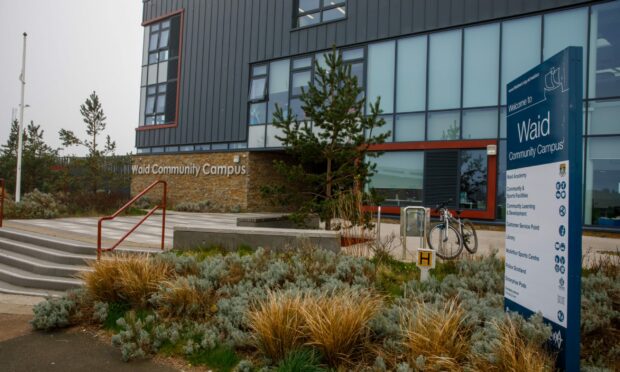
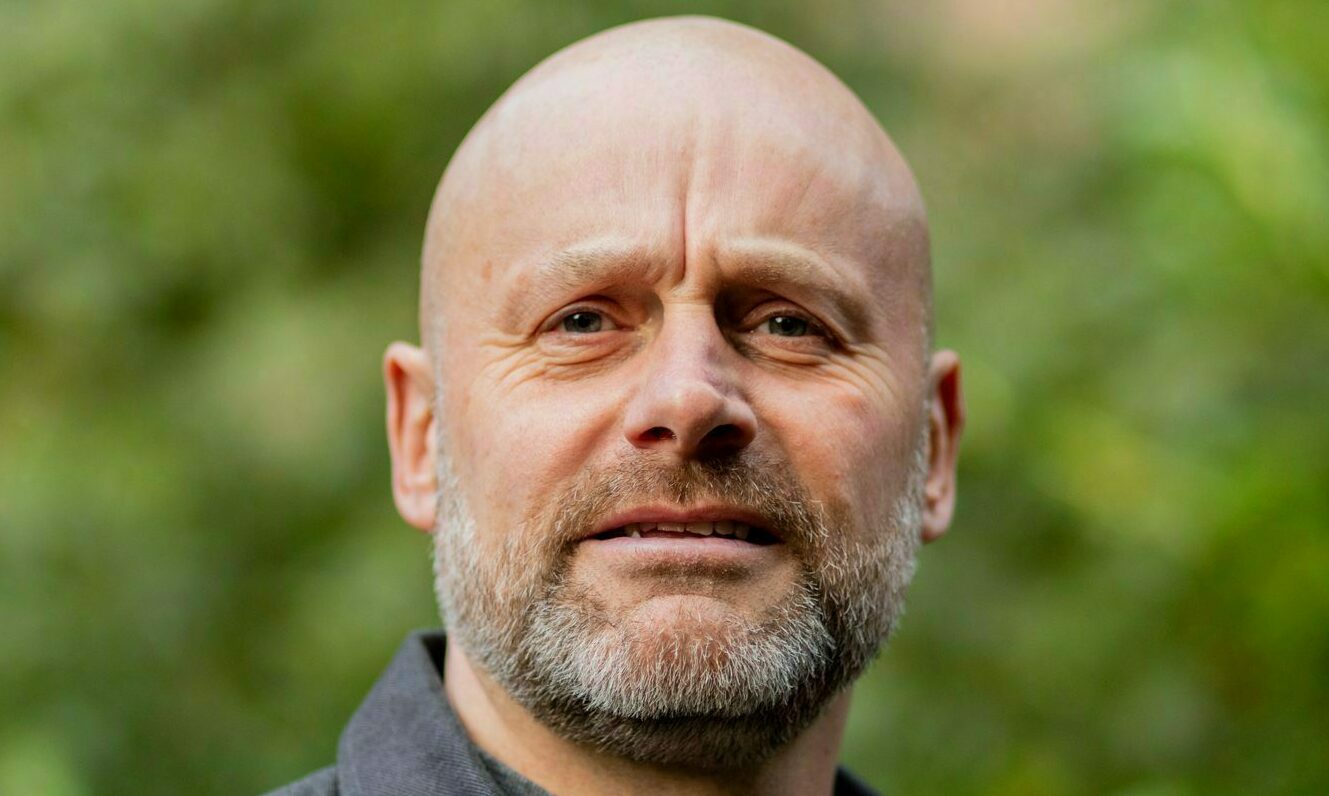
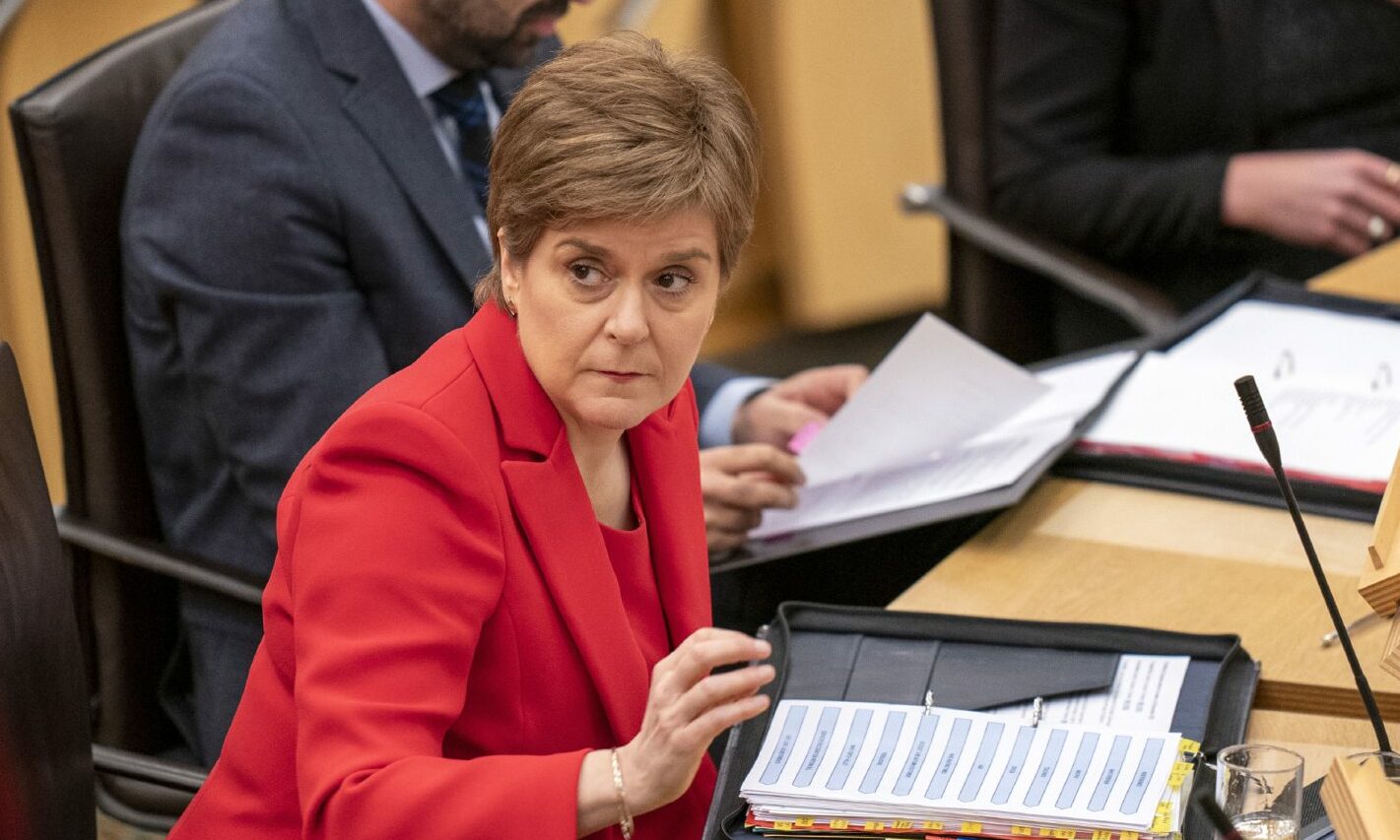
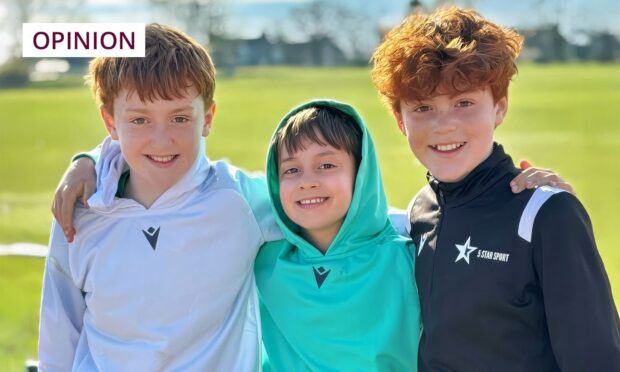
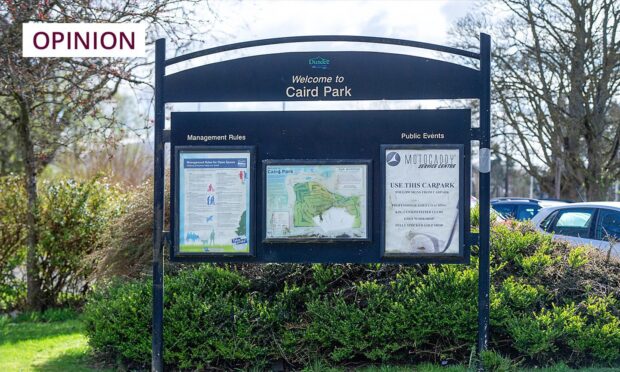
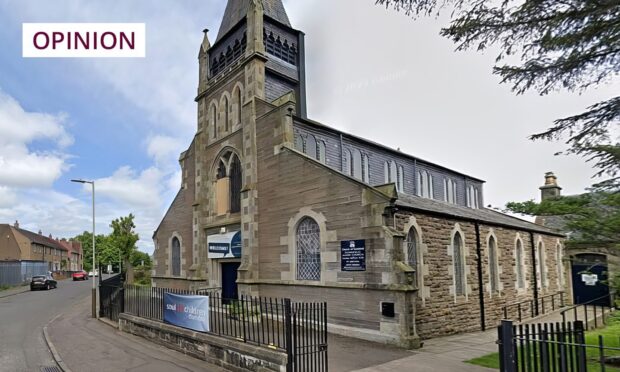
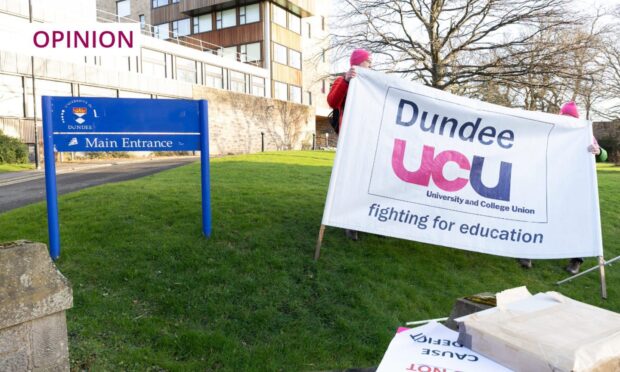
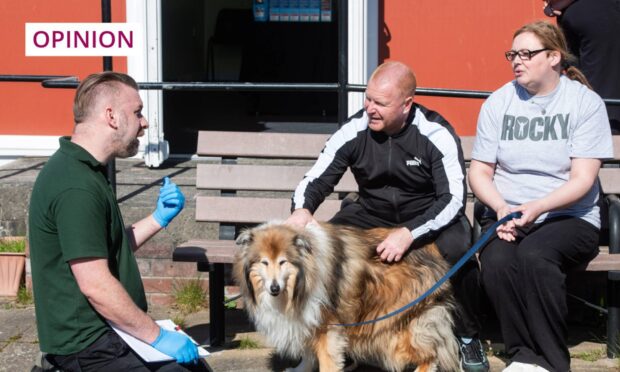




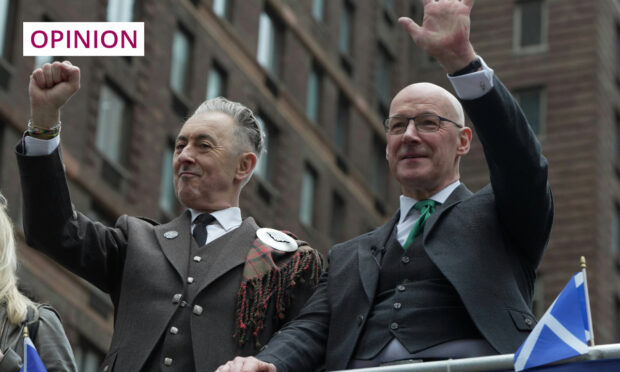
Conversation